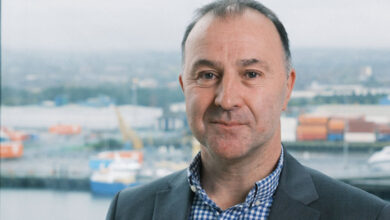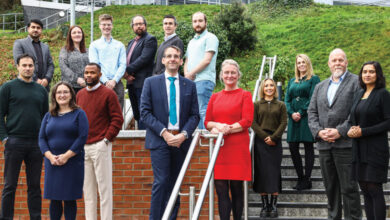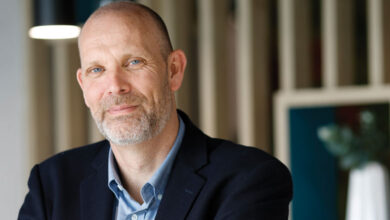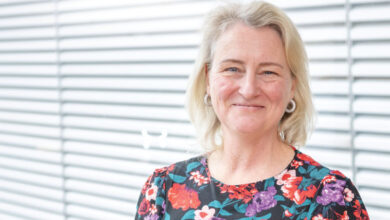Effective environments
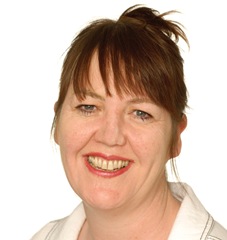 Developing ICT infrastructure in schools is essential for an effective learning environment according to Anne Casey, education ICT advisor for Partnerships for Schools (PfS).
Developing ICT infrastructure in schools is essential for an effective learning environment according to Anne Casey, education ICT advisor for Partnerships for Schools (PfS).
Rather than drawing up a list of ICT equipment that they would like, school principals who are considering re-vamping their ICT systems should garner an understanding of the ways in which new technologies can improve their schools’ educational provision, according to Anne Casey.
Lessons learned from her role as ICT advisor for PfS can be applied to Northern Ireland, she claimed.
An umbrella body responsible for the delivery of around £15 billion investment into the English education system until 2011, PfS administers money coming from six separate funding programmes.
One of these is Building Schools for the Future (BSF), where local authorities in England work with their schools to develop a strategy or vision for improving local education. This includes the establishment of a commercial partnership with an ICT managed service provider who shares the local vision.
Casey’s role is to work with local authorities and schools in developing their aspirations for educational transformation. With the equivalent of £1,675 per child up for grabs, Casey said that a lot of care must go into planning and developing a school’s ICT infrastructure.
Once the BSF strategy has been finalised, it will be put to tender and ICT services will be procured by a private managed service. Successful schools can spend their BSF funds on passive network infrastructure, active network equipment, hardware, software and setting up an area-wide managed service for ICT.
This managed service would see schools paying an annual revenue charge per pupil. “This is likely to provide a saving on schools’ current expenditure on procuring, managing, maintaining and refreshing their ICT infrastructure and equipment,” she stated.
The fiftieth BSF project reached financial close in May. Casey stated that almost one-third of all secondary schools in England are now involved in the BSF programme and over 130,000 pupils and 12,000 teachers across England are already benefitting from that investment. This is not as many as was initially envisaged by the Government as last year’s Audit Office report into BSF pointed out. It said: “The Department for Schools, Children and Families were overly optimistic in their view of how quickly the process could be carried out. PfS will find it very challenging to include all 3,500 schools in BSF by 2020. To do so, it would need almost to double the number of projects in BSF over the next three years.”
In addition, the new Department for Education is reviewing BSF to ensure that it is “cost effective and efficient.”
Casey is not a fan of the traditional layout of the ICT classroom. “In BSF we have a real opportunity to create learning environments which inspire young people and ICT environments which support a range of learning styles.”
She said there is a need for a mix of technologies including cloud, virtualisation, thin client, handheld devices and adaptive technologies which should enable collaboration, project work, group work and peer mentoring. Casey contends that “a traditional network room may not be the best configuration of space and technology to support a variety of learning styles.”
Casey added: “ICT infrastructure and new ways of using technology across the curriculum means that learning is no longer confined to the four walls of the classroom. BSF is therefore challenging teachers and students to explore new learning styles and respond to the personalised learning agenda.”
Predicting which technologies will have a positive effect on education in the future is impossible, so Casey suggested that schools should focus on what they would expect technology to be able to offer, such as: real and virtual workspaces which help to make effective personalised learning a reality for all students; easy access to information about learners’ achievements and progress; and access to high-quality learning materials through desktops, laptops, personal digital assistants, smartphones and games consoles.
Looking to Northern Ireland, she identified “more similarities than differences” between the education sectors in the province and England. Agreement over the need to develop technology from an education vision, to acknowledge what needs to improve, to collaborate across groups of schools and get better value from investment, and to create a comprehensive change management strategy which is fully inclusive, are positive signs, according to Casey.
“Northern Ireland has already got experience of collaborative working and area wide solutions therefore they are well positioned for the next stage of their strategic ICT development.”


